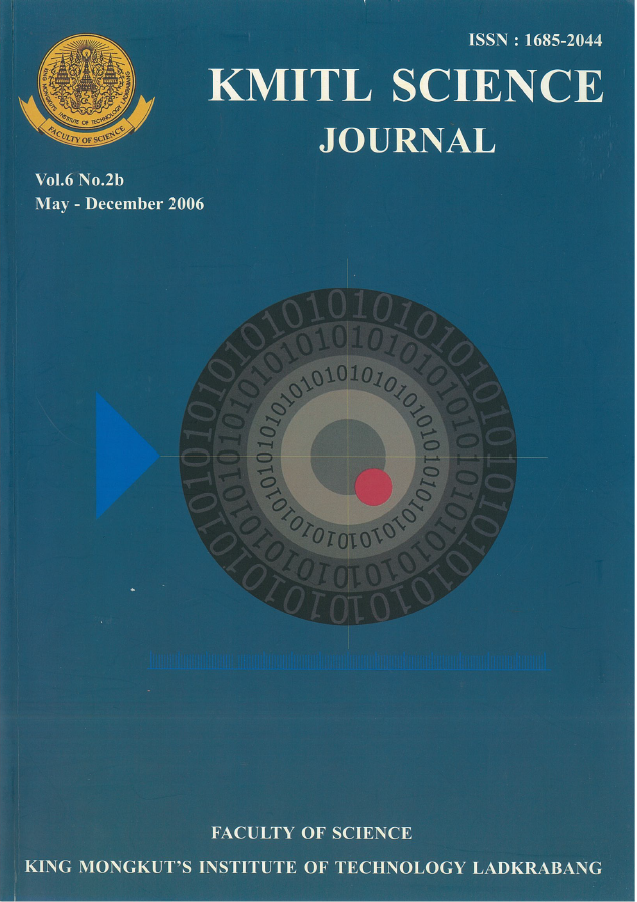This research concerns in property testing of CaCO3-filled high density polyethylene (HDPE) for blow molding applications. Both uncoated and stearic acid (SA) coated CaCO3 grades were used at 20%wt filler loading whereas maleic anhydride grafted high density polyethylene (HDPE-g-MA) was used as a compatibilizer (at 0.5-4.0% contents). All compounds were prepared using a twin-screw extruder and an extrusion blow molding machine was used for bottle production. It was found that an addition of CaCP3 increased the compound viscosity, however, the viscosity did not change when SA or HDPE-g-MA was present. From the below molding process, all the compounds had similar volumetric output rate. The bottle weight of the unfilled HDPE was less than that CaCO3-filled HDPE, but the bottle thickness gave opposite results. An incorporation of CaCO3 fillers in HDPE decreased tensile yield strength, elongation at break and impact strength, but these properties could be improved by an addition of SA or HDPE-g-MA. Modulus of the CaCO3-filled HDPE was greater than that of the unfilled one, but decreased when having HDPE-g-MA. It could be possible to use 20%wt CaCO3-filled HDPE compounds for the extrusion blow molding applications since the deleterious effect of CaCO3 incorporation could be reduced by an addition of SA or HDPE-g-MA.
Keywords: Calcium carbonate, Polyethylene, Blow molding process, Mechanical properties
Corresponding author: E-mail: kjsupara@kmitl.ac.th
Rukchonlatee*, S. ., Amornsakchai, T. ., & Limpong, P. . (2018). Properties of Calcium Carbonate-Filled Polyethylene Bottles Produced from Extrusion Blow Molding Process. CURRENT APPLIED SCIENCE AND TECHNOLOGY, 582-589.

https://cast.kmitl.ac.th/articles/150008